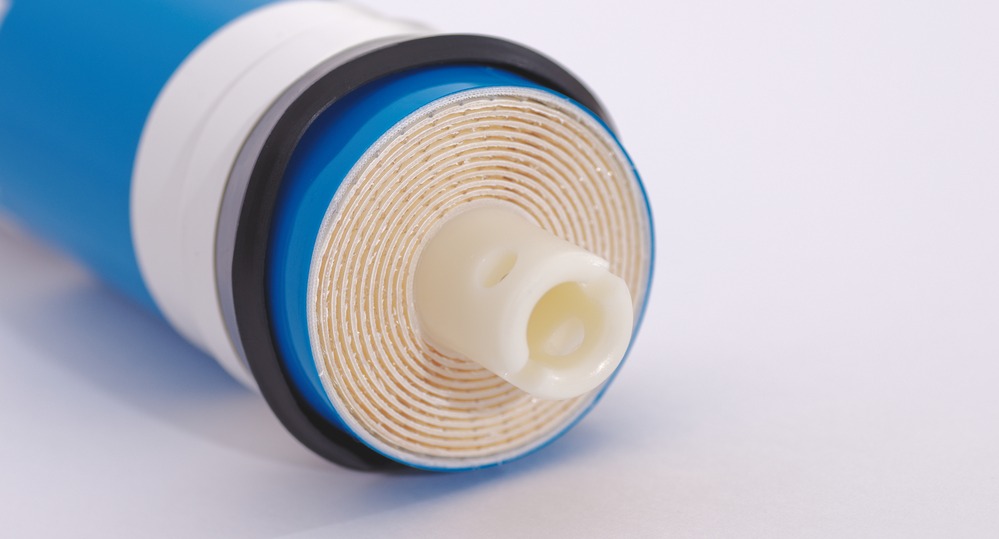Nanofiltration and Reverse Osmosis Membranes with High Water Permeability

KEY INFORMATION
Materials - Composites
TECHNOLOGY OVERVIEW
Thin film composite (TFC) membranes are the main membrane types for reverse osmosis (RO) and nanofiltration (NF) membranes. RO membranes can be used for desalination, utility water treatment, wastewater treatment and reuse as well as process water treatment. NF membranes can allow monovalent ions, such as sodium chloride, to pass through the membrane, while rejecting divalent and multivalent ions, such as sodium sulfate. It has applications in the diary, food, dye, biotech, pharmaceutical and industrial processes for concentrating targeted streams.
Boosting membrane permeability without a decrease in their rejection to target ions has been the objective of many membrane producers. Many methods have been proposed in literature to achieve the target, such as incorporating nanoparticles or surfactants. However, the synthesis of uniform nanoparticles in large scale is a problem and the long-term stability of nanoparticles in the polyamide layer is of concern. The process of adding surfactants is also not controllable, leading to a potential concern for quality control in the final membrane product.
This invention relates to a simple method to increase the water permeability of thin film composite membranes for nanofiltration and reverse osmosis by 2 to 5 times.
TECHNOLOGY FEATURES & SPECIFICATIONS
The chemicals involved are readily commercially available and the method is simple without the need to change the existing production line. In this technology, the researchers have identified additives that are thermodynamically stable and can be synthesised with a narrow size distribution. Compared to surfactants, the additives have controllable size, which can help fabricate nanofiltration membrane with precise rejection to target ions. These features can facilitate future large scale production of the improved TFC membrane.
POTENTIAL APPLICATIONS
This invention can be applied to all types of TFC membranes, including NF and RO membranes, which can be used for desalination, utility water treatment, wastewater treatment, etc.
Market Trends & Opportunities
According to MarketsandMarkets, the global membranes market is projected to reach USD10.1 billion by 2027. NF membranes are expected to grow the fastest with multiple end users. The water and wastewater treatment segment is the main driver for the RO membrane market. The global RO membrane market size is expected to reach about USD5 billion by 2026.
Unique Value Proposition
- Water permeability can be increased by 2-5 times with minimal trade-off of salt rejection of the membrane
- Does not require changes to the existing production line
- Works on support with different chemistries (e.g. PES, PSF)
- Works on both flat sheet and hollow fiber supports
